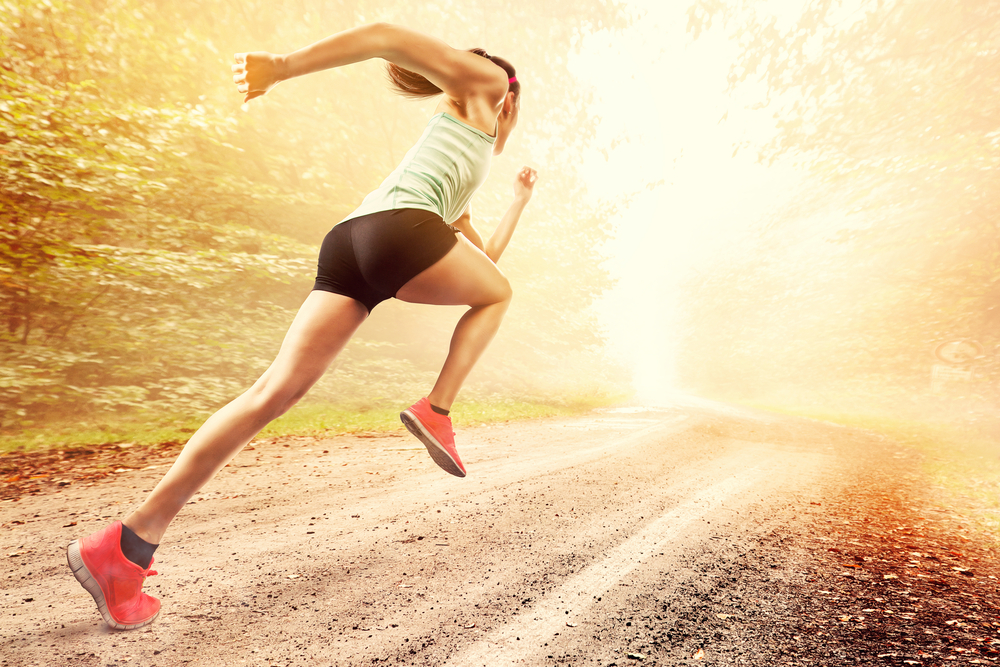HIIT training, or High Intensity Interval Training has become hugely popular over the last ten years, with numerous scientific studies showing it can improve health, fitness and assist in weight management as effectively, if not sometimes more so, than steady exercise.
Nothing is ever perfect of course, and HIIT has its potential downfalls, one being the increased risk of injury from such an intense workout, the other being that many people don’t like to push themselves that hard, they feel uncomfortable, unwell and generally fearful they might do themselves some harm. And rightly so, overdoing it certainly can lead to muscle and joint injuries and health issues.
The meaning of HIIT
When you thought about HIIT, I bet you pictured fit people sprinting, jumping, throwing heavy pieces of metal about and generally things that are HIGH intensity. Here’s the thing though; what does high really mean? High based on what? Compared to what? Measured how?
The general assumption is that HIIT is reserved for the ‘fitness freaks’, those lovers of exercise, Instagram selfies and ‘motivational’ quotes, protein shakes and Lycra. I’m going to try to change your mind on that right now.
When doing their qualifications, Personal Trainers learn about variables, the things that they can change to make workouts easier or harder, or in other words to make a low intensity workout a high one and vice versa. They learn this because people are not all the same, what is hard and therefore high intensity for one person may actually be low intensity for another. There are tonnes of variables that can be played with to ensure you’re working clients at the correct intensity. Here are just a few…
Time (seconds or repetitions) - how long does each exercise last or how many do you do?
Resistance - commonly referred to as the ‘weight’ lifted, it might be a heavy dumbbell, a band or just your own bodyweight.
Sets - how many times do you perform each exercise?
Rest - just giving someone a little longer between exercises alters the intensity.
Exercise - changing the exercise itself or the piece of equipment used can make a substantial difference.
We can also change the angle at which an exercise is performed, the length of the lever (by bending the arms for example), the tempo (pace) at which movements are performed, the base of support (feet wide, narrow or even on one leg) and much more. Basically, any exercise can be adapted in some way to meet the needs of every human being on this planet.
How high?
Now we’ve established that we can change exercises in a multitude of ways, that means it’s possible to create a High Intensity workout for anyone pitched at the right level for them. We just need a simple way of describing what ‘high’ means, something universal that can be applied to Joe Bloggs who hasn’t exercised since school, or Mo Farah, who…well…hasn’t exercised since a few hours ago.
Here’s one such tool, the Rate of Perceived Exertion scale, or RPE.
The scale is designed to allow you to judge how hard you feel you’re working during exercise. For HIIT training, aim for a 7-8 on the scale if you’re new to it; keen beans can push to 9 and even 10 once they’ve built up their fitness. If you have a medical condition, it may still be possible to do some high intensity work for you at around a 5-6, but you should speak to your medical practitioner before doing so, to make sure it’s right for you at this stage.
How will you know you’re at a 7/8?
You’ll be breathing hard and you will start to feel tired as levels of lactic acid build up in your muscles. Don’t worry though, that’s a good thing as you’re burning calories and challenging your body to get fitter, meaning next time it won’t feel so tough. No challenge, no change as they saying goes, it just has to be the right one for you.
Workouts to try
Those of you who’ve seen Insanity or Joe Wickes in action will be expecting some routines here full of burpees, sprints, jumps and lunges. They’re cool if that’s right for you, but the following workouts have been taken down a notch to provide high intensity sessions for those of you who’d love to give it a go but feel that Insanity is insane!
Cardio - hill or stair climbs
Warm up with a 5-10-minute walk, getting gradually quicker until you feel warm and a bit breathless. Find a hill you consider quite steep or a big set of stairs. Walk up briskly for 10-20 seconds getting to the point where you feel like it’s hard to talk, then slowly back down. Repeat 4-8 times depending on how you find it.
You can do it on the flat too as long as you walk at a pace that challenges you.
Weights
This routine is created for absolute beginners to HIIT training. Do each exercise for 30 seconds with as little rest between them as you can. You only need to do the circuit once, but if you’d like to go round again, have a 3-minute rest before repeating.
1) Standing Press-Ups (with your hands against a wall)
2) Sit Down-Stand Up
3) Seated Band Back Extensions
4) Band Wide Rows
5) Floor Bridge
Here’s a little video with a few rep’s of each exercise as a demonstration for you…
You can of course make this harder by changing any of the variables I talked about earlier; harder versions of each exercise, increasing the time to 45 or even 60-seconds per exercise or repeating the workout three times. Whenever you progress, do so gradually; make sure the workout feels comfortable a few times in a row before making it more challenging.
Hopefully it helps you HIIT some of your goals and take you one step closer to balance.
Paul :-)

















